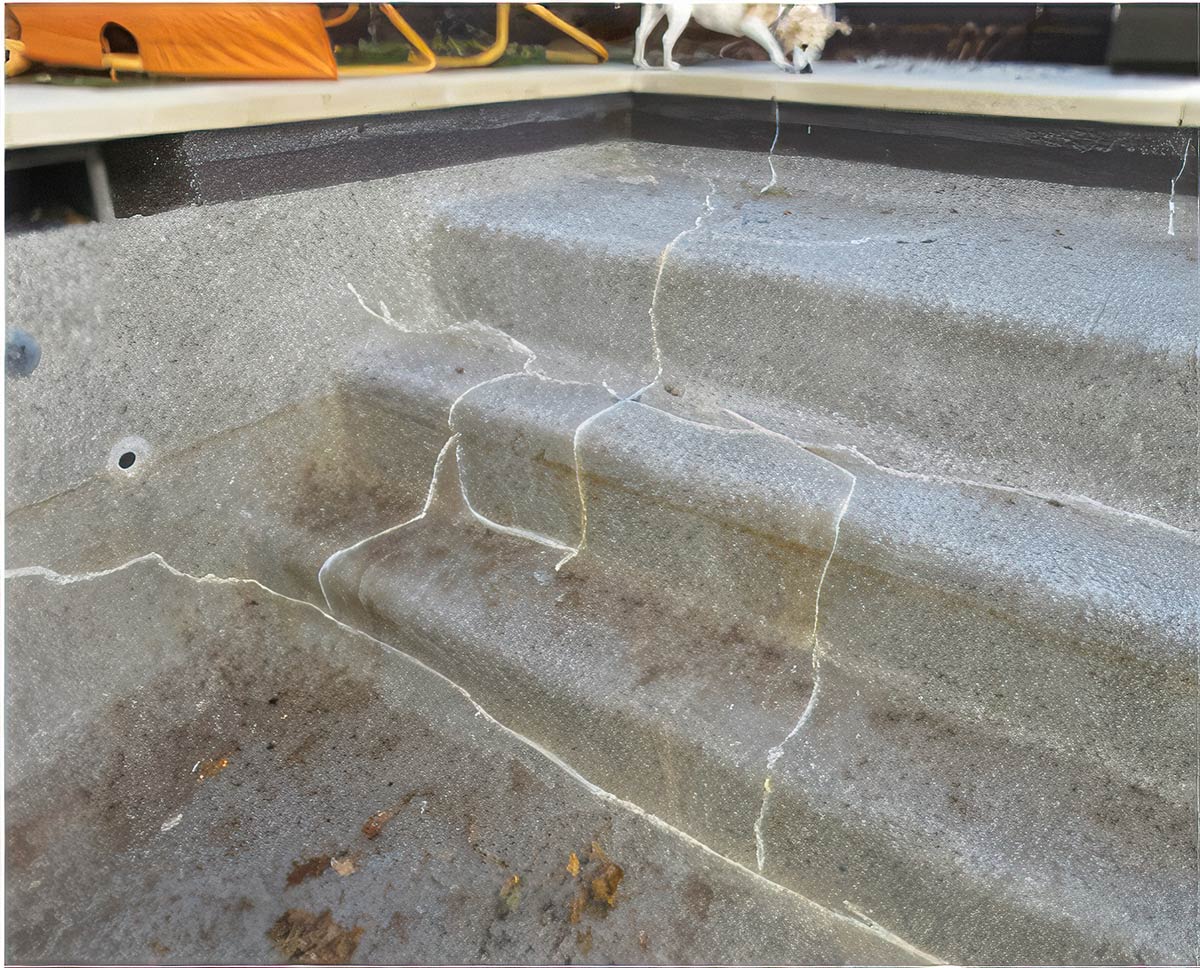Everything You Should Know About Concrete Cancer (Alkali-Silica Reaction in Concrete)

If you own an older concrete pool, you may hear about “concrete cancer.” This is a more common term for a process called “alkali-silica reaction” (ASR), which occurs when steel reinforcements inside concrete walls begin to corrode and swell, causing concrete to crack. Since “alkali-silica reaction” doesn’t easily roll off the tongue, you’ll often hear it referred to as “concrete cancer,” which nods to the chemical reaction’s invasive spread throughout a piece of concrete, as a result of the corrosion of any steel encased within.
While this phenomenon occurs in concrete pools, ASR in concrete is also prevalent in areas near bodies of saltwater, or in structures with poor waterproofing that causes water and air to come in contact with the metal encased in concrete. This alkali-silica reaction not only impacts pools made from concrete, but also affects structures like buildings, bridges, dams, pavements, power plants and even airport runways.
Once concrete cancer takes root, it can cost thousands of dollars in repairs. Read on to learn more about concrete cancer, including causes, signs of a developing problem and examples of what concrete cancer looks like in pools, as well as how opting for a fiberglass pool can help ensure you never have to worry about this troublesome phenomenon.